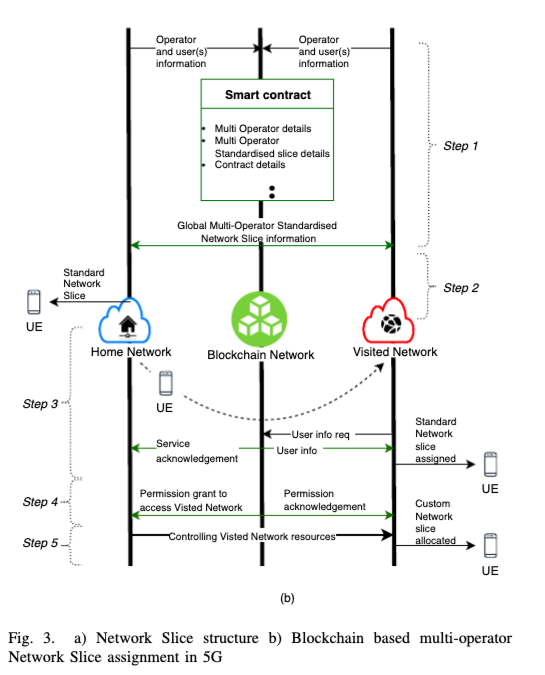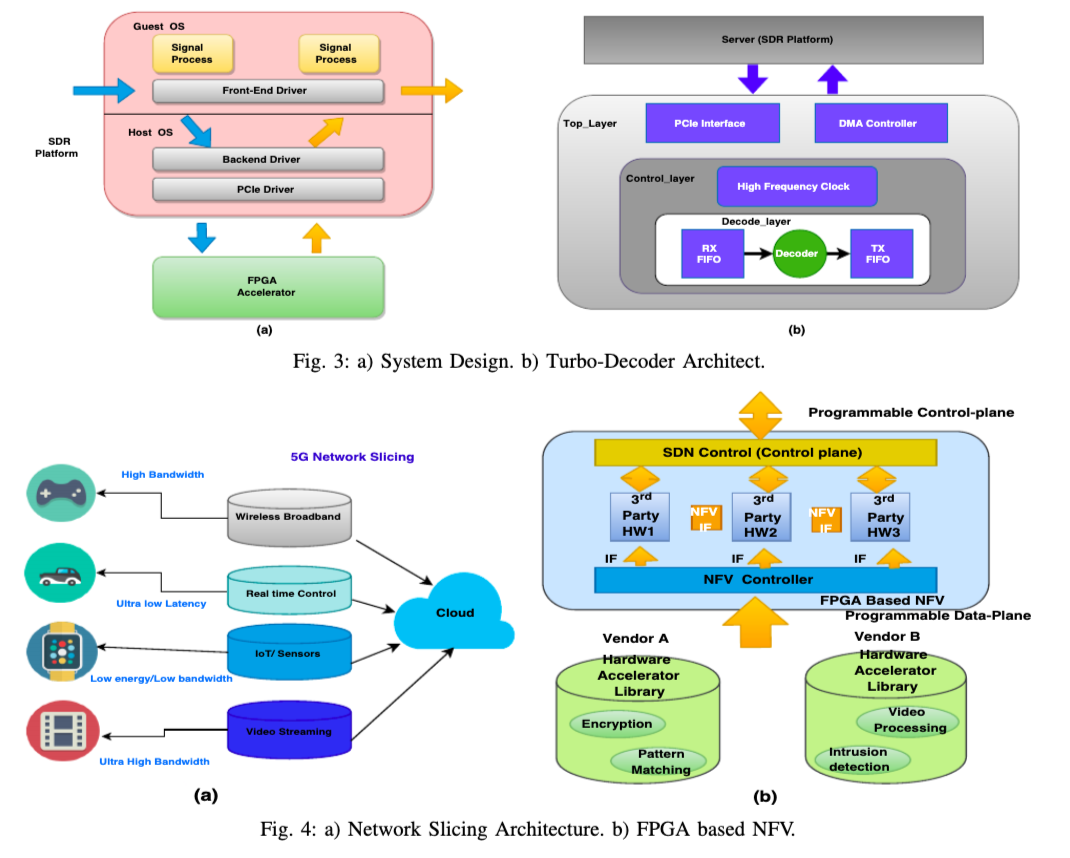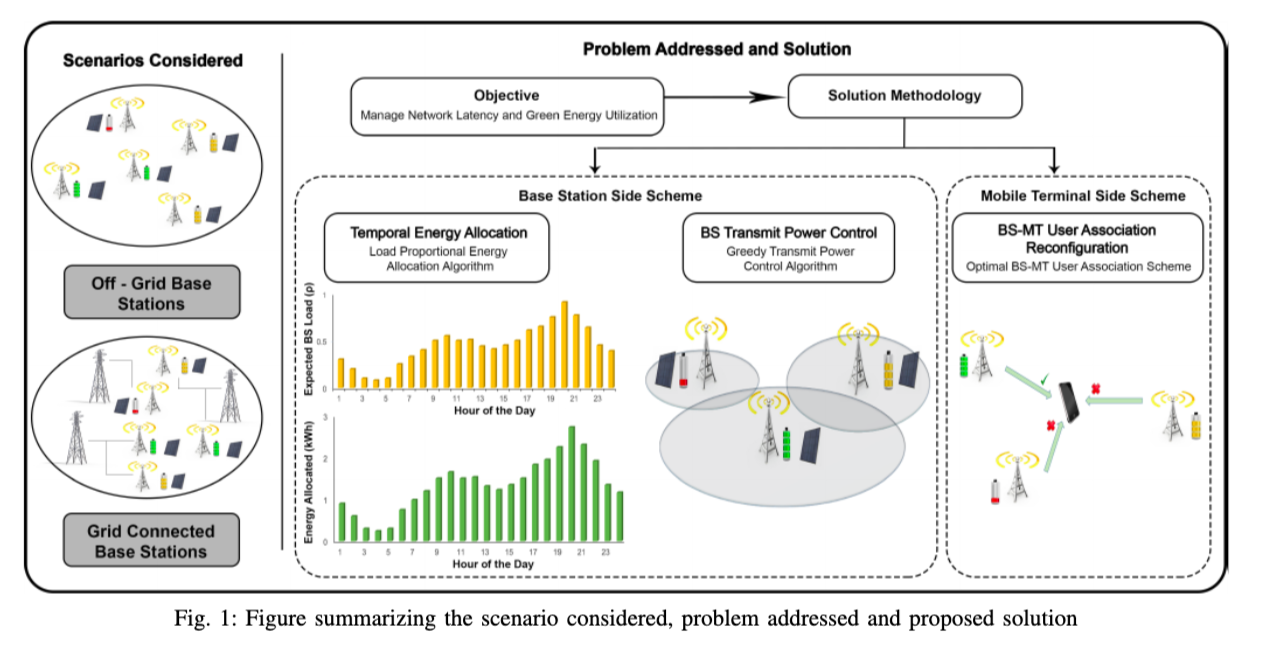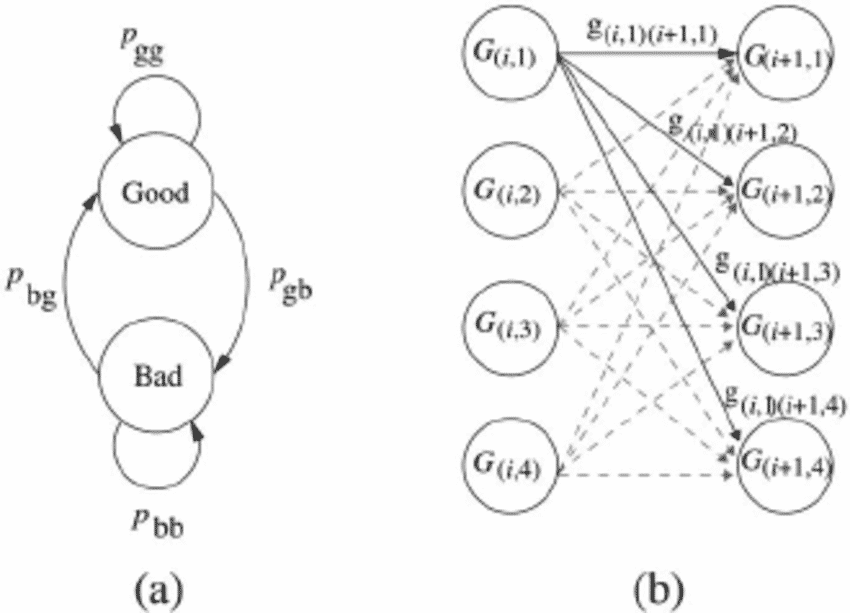5G Cellular Networks
Our research focuses on Resource provisioning and resource management for 5G/ renewable energy powered Cellular networks.
Team Members
- Vinay Chamola (Senior Member, IEEE)
- Vikas Hassija
- Praveen Gorla
- Vivek Rathore
Collaborators
- Nirwan Ansari, NJIT, USA (Fellow, IEEE)
- Dusit Niyato, Nanyang Technological University, Singapore (Fellow, IEEE)
- Mohsen Guizani, Qatar University (Fellow, IEEE)
- Biplab Sikdar, National University of Singapore, Singapore
Our Publications in 5G and Cellular Networks Area
Abstract
5G and Blockchain are potentially revolutionizing future technologies. 5G promises high rates and quality of service (QoS) to the users and blockchain guarantees a high level of trust and security among the peers. Applications that would be using 5G have varying needs in terms of speed, bandwidth, latency and various other factors. Augmented reality, self-driving vehicles and other IoT applications tend to use 5G for reliable and fast communication. To work seamlessly and securely in such scenarios a more specialized and efficient approach would be required. In this paper, we have identified the specific areas where blockchain could be utilized to enhance the security and privacy of the 5G services offered to the users. The current challenges faced in deployment and upliftment of 5G and their related solutions based on blockchain are discussed. A model for Multi-Operator Network Slicing in 5G using blockchain is also presented along with 5G blockchain implementation.

Abstract
Next generation communication relies on standardized protocols, heterogeneous architectures and advanced technologies that are envisioned to bring ubiquitous and seamless connectivity. This evolution of communication will not only improve the performance of the existing networks, but will also enables various applications in other fields while integrating different heterogeneous systems. This massive scaling of mobile communication requires higher bandwidth to operate. 5G promises a robust solution by offering ultra-low latency and high bandwidth for data transmission. To provide individuals and companies with a real-time, social, and all connected experience , an end-to-end coordinated architecture which is agile and intelligent has to be designed at each stage. As FPGA has the potential to be resource/power efficient, it can be used for building up constituents of 5G infrastructure. It can accelerate network performance without making a large investment in new hardware. Dynamic reconfigurability and in-field programming features of FPGAs compared to fixed function ASICs help in developing better wireless systems. This article presents various applications areas of FPGAs for the upcoming 5G network planning.

Abstract
There is an increasing need to power cellular base stations (BSs) using solar energy in many parts of the globe. This is primarily because of the high cost of running these base stations on traditional power sources such as diesel due to lack of reliable grid availability in those areas. Apart from the high cost, the increasing diesel consumption also causes harm to the environment due to its increasing global carbon footprint. Using solar energy powered base stations is a highly promising solution to address these issues. One of the main areas of concern for solar powered cellular networks is to precisely manage the resources, namely, the available spectrum and energy so as to avoid power outages and to maintain an acceptable Quality of Service (QoS) for the end users. This article gives an overview of the challenges faced in resource management for solar powered base stations and presents state-of-the-art resource management strategies for both grid-connected and off-grid solar powered base stations.

Abstract
Cellular base stations (BSs) powered by renewable energy like solar power have emerged as a promising solution to address the issues of reducing the carbon footprint of the telecom industry as well as the operational cost associated with powering the BSs. This paper considers a network of off-grid solar powered BSs and addresses two key challenges while operating them (a) avoiding energy outages and (b) ensuring reliable quality of service (in terms of the network latency). In order to do so, the problem of minimizing the network latency given the constrained energy availability at the BSs is formulated. Unlike existing literature which have addressed this problem using user-association reconfiguration or BS on/off strategies, we address the problem by proposing an intelligent algorithm for allocating the harvested green energy over time, and green energy and delay aware downlink power control and user association. Using a real BS deployment scenario, we show the efficacy of our methodology and demonstrate its superior performance compared to existing benchmarks.
Abstract
Abstract

